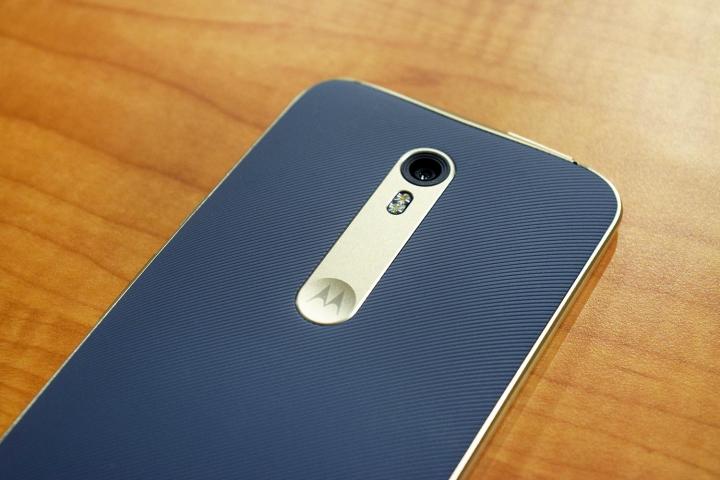
Motorola shipped 5.9 million smartphones during the quarter, which is a 31 percent decline year-over-year. Lenovo blames this poor performance on increased competition, inventory issues with product development lifecycles, economic issues in Brazil, and an out-of-balance fixed cost structure.
Levnovo reiterated the company’s commitment to getting Motorola profitable within 4-6 quarters from when it closed the acquisition, which would be 2-3 quarters from now.
Lenovo will need to make some big changes for this to happen. The company will restructure MBG by aligning smartphone development, production, and manufacturing to better leverage the relative strengths of Lenovo and Motorola. Motorola will be the focal point for design, development, and manufacturing of smartphones, while MBG will continue to drive the mobile business.
This is good news, since fans of Motorola have been pleased with the direction the company has gone in recent years with customizable hardware and a near stock Android experience. Many feared that Lenovo might interfere with that, but it looks like things will stay the same.
Unfortunately, this simple restructuring won’t be enough, and a shake-up at Motorola might be in the works. According to sources of Phandroid, Lenovo will lay off 20 percent of the workforce. This is expected to include Motorola president and CEO Rick Osterloh, who took over those positions in April 2014.
Apparently Liu Jun, a special consultant to Lenovo chief executive Yang Yuanqing, will take over for Osterloh. What’s interesting here is that Jun was the executive vice president of MBG, but stepped down in June. This tends to suggest that Lenovo was planning Jun’s move to Motorola all along.
The sales downturn is particularly disappointing given that Motorola appeared to be turning things around with the introduction of the Moto X and Moto G in 2013 and 2014 respectively. The Moto X was the first customizable smartphone, and the Moto G quickly became Motorola’s best-selling smartphone largely due to its amazingly low price. Motorola just announced the Moto X Style, Moto X Play, and a new Moto G for 2015.
However, the mobile business climate has become very competitive, and even dominant companies like Apple and Samsung are now vulnerable to the flood of manufacturers making lower-cost phones. This makes it that much more difficult for smaller companies like Motorola to get a leg up.


